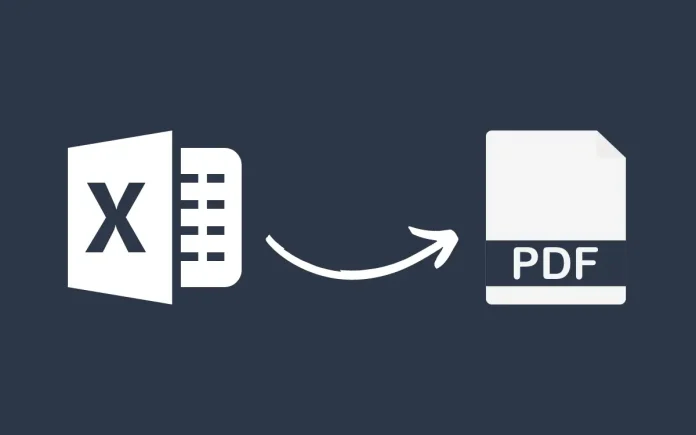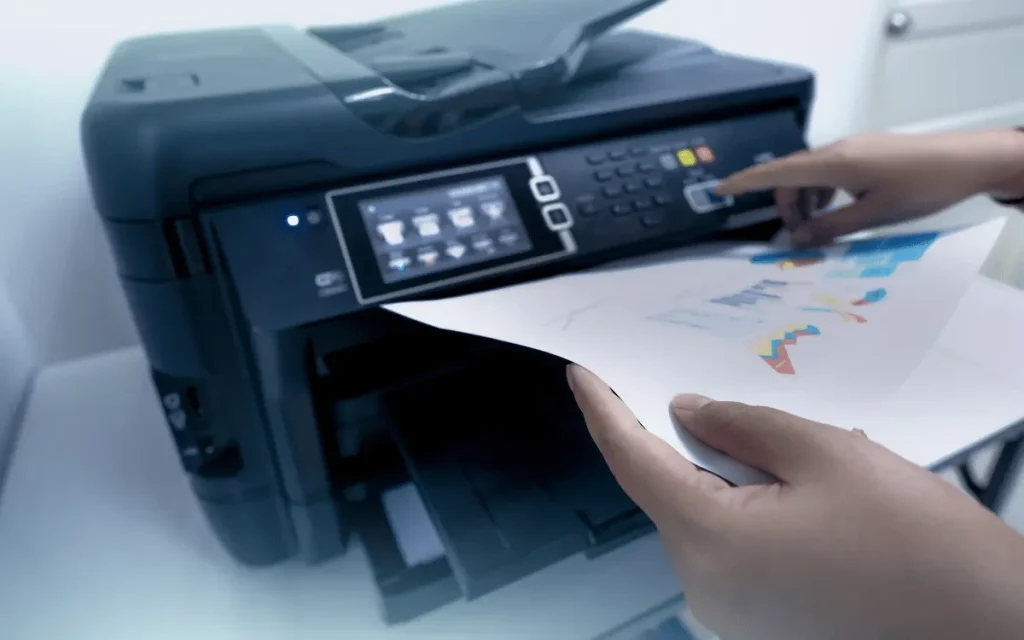
In today’s fast-paced environment, efficient and reliable document management practices are more critical than ever. Converting Excel files to PDF format, mainly through online platforms, is a strategic solution to various common challenges.
This conversion simplifies workflows, enhances document security, and ensures the integrity of shared data. This article explores the multifaceted benefits when you convert Excel to PDF and how it streamlines daily tasks in both professional and personal settings.
Ensuring Data Consistency Across Platforms
The transition from Excel to PDF, especially when leveraging Adobe’s powerful conversion tools, serves as a cornerstone for preserving the layout and integrity of data across various platforms. When viewed on different devices or software, Excel files can often display formatting inconsistencies, which might lead to data misinterpretation.
The process of converting online with Adobe ensures that the document’s appearance remains unchanged, no matter where or how it is accessed. This is particularly beneficial for documents like financial reports and invoices, where accuracy is paramount. The robust platform enhances the reliability of this conversion, providing users with confidence in the consistency of their documents across all platforms.
Bolstering Document Security
PDF format offers enhanced security features compared to Excel, making it an ideal choice for handling sensitive information. Through the conversion process, users can apply password protection and encryption to their documents, safeguarding them against unauthorized access. This level of security is crucial for documents containing personal data or proprietary business information, ensuring that such details remain confidential.

Learn the reasons Why Offices Use A Dedicated PDF Editor.
Simplifying Document Sharing and Accessibility
PDF’s widespread compatibility makes it exceptionally suited for document sharing, eliminating the common compatibility issues associated with Excel files. PDF documents can be easily opened and viewed on any device, facilitating smoother collaboration and communication. This ease of access is indispensable in scenarios where timely and efficient information exchange is crucial, highlighting the practicality of converting documents from Excel to PDF.
Streamlining Reviews and Approvals
The conversion of documents optimizes the review and approval processes. PDFs allow for annotations, comments, and digital signatures without altering the document’s original content. This feature enables clear, organized feedback and streamlines decision-making processes, which is invaluable in dynamic business environments where quick turnarounds are essential.
Optimizing Storage and Transmission
Converting documents from Excel to PDF can also significantly reduce file size, facilitating more efficient storage and faster transmission. This is especially useful for large Excel files, which may become unwieldy and slow to share via email.
The compression achieved through conversion does not compromise the document’s quality, ensuring that data is both accessible and manageable. Learn more Storage Cleaning tips to keep your system optimized.
Enhancing Print Quality
For printed materials, PDFs offer greater control over the quality and appearance of the document compared to Excel. The conversion process ensures that the printed version accurately reflects the original digital document in layout, colors, and fonts. This is crucial for producing professional-quality printed materials for presentations or reports, where the visual presentation of data can significantly impact the audience’s understanding and reception.

Integrating with Digital Workflows
The transition from Excel to PDF enhances compatibility with digital workflows and document management systems. Many organizations use document management software that better supports indexing, archiving, and retrieving PDFs. This integration capability ensures that documents are easily accessible and traceable within an organization’s digital ecosystem, improving operational efficiency and compliance with record-keeping policies.
Facilitating Legal and Regulatory Compliance
PDFs are widely accepted in legal and regulatory settings due to their tamper-evident nature and the ability to embed detailed metadata within the document. When Excel files are converted to PDF, it becomes easier to meet the stringent requirements for document submission in legal proceedings, audits, and regulatory filings.
Improving Accessibility for All Users
PDF format is designed with accessibility in mind, offering features that make documents more usable for people with disabilities. Converting xlsx to PDF can significantly enhance the accessibility of documents. This conversion process enables the creation of tagged PDFs, which provide a structured framework for screen readers.
This allows visually impaired users to better understand the document’s content and structure, making information more accessible and navigable for those relying on assistive technologies.
Conclusion
In conclusion, the ability to convert Excel to PDF goes beyond simplifying document sharing and enhancing security; it aligns with broader organizational goals of improving workflow integration, ensuring compliance, broadening accessibility, and enriching document content. As the digital landscape evolves, the strategic importance of PDF conversion in managing Excel files will undoubtedly grow, further solidifying its role in modern document management strategies.









